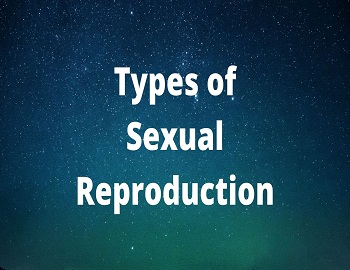Table of Contents
What is Microevolution?
The evolution, which results from the interaction of the elemental forces of evolution (i.e. mutation, variations, recombination, natural selection, and the genetic drift) to produce relatively small changes in the population or populations is known as microevolution.
The basic process of microevolution consists of a change in the gene frequencies in a population from one generation to the next. The microevolution, therefore, operates to change the genetic equilibrium in a Mendelian population and occurs below the species level.
Micro Evolutionary Forces:
The “micro mutations” or “little mutations” as described by Gold-Schmidt are the main source of producing changes in the gene frequencies in the gene pool of local populations. These are mutations in genes. Genetic recombination or Mendelian recombination changes the gene frequency in the gene pool of the population. In addition, genetic drift and natural selection also operate on the population to change their gene frequency and thereby disturb the genetic equilibrium.
Types of Micro Evolutionary Forces:
Micro evolutionary forces operating for a shorter period produce sequential evolution, whereas when continued for generations together result in the evolution of new populations from the existing one. The origin of new populations can occur in a successional manner or in a divergent manner.
Examples of Microevolution:
A number of series of invertebrate fossils provide us an example of microevolution. For example- Rome has traced several lines of descent in the fossil genera of Sea Urchin, Micraster. In one of the series, there is a gradual replacement of the M.Corobonis by M.Corangiunum. Another example is offered by Spirifera brachiopods.
Thus, microevolution is a continuous and gradual change in the inbreeding populations, which become geographically isolated into local populations.









Comments (No)